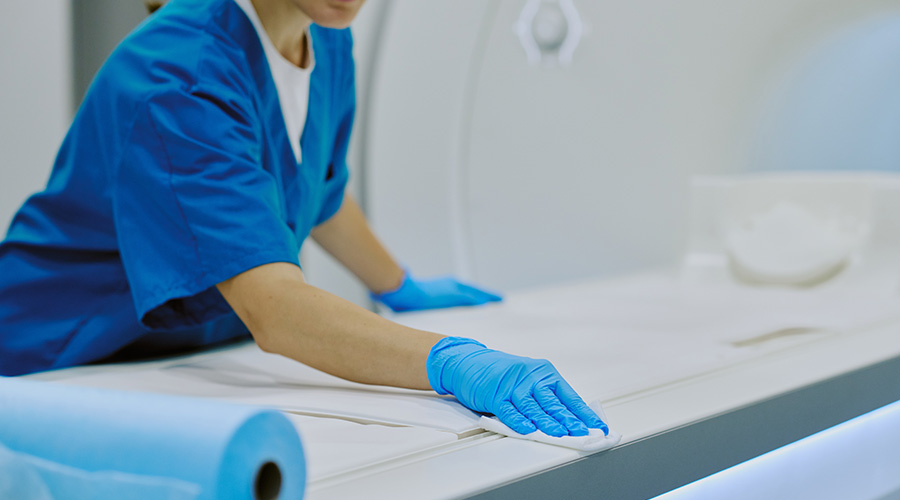Financial troubles continue to mount for hospitals. The pandemic era pushed hospitals and other healthcare facilities to their breaking points, including fiscally. Hospitals, while still fighting to recover from those setbacks, now face increasingly high costs and inflation rates.
The American Hospital Association (AHA) released a statement regarding the FY 2024 Final IPPS & LTCH Payment rule, finding themselves “deeply concerned” over the decisions made by the Centers for Medicare and Medicaid Services (CMS). The AHA says that the CMS’ finalized rate increases are “not commensurate with the near decades-high inflation and increased costs for labor, equipment, drugs and supplies that hospitals across the country are experiencing.”
Costs are a part of doing business, however, too high of costs for businesses that cannot afford it can spell doom for them. Hospitals are businesses too and are just as susceptible to heightened costs. While the costs the AHA mentioned concern the patient care side, the facilities management side can and will feel these fiscal pains.
Without the aid of the disproportionate share hospital (DSH) payments, more of a hospital’s funds will be allocated towards the patients who cannot pay for their care. That is in addition to the other costs of patient care, such as medical supplies, treatments and staffing.
With more of a hospital’s funds being diverted towards patient care, facilities management can find itself with a tighter budget. This would leave facilities management strapped for vital resources for maintenance, repairs and other facility needs. Eventually, this causes a ripple effect where amenities and equipment within the facility become outdated or even unsafe. In turn, the reduced safety and outdated equipment would diminish the quality-of-care patients receive.
Capital investments are also affected, meaning any new expansions or upgrades would be put on hold. Numerous other aspects of the facility are affected as well, creating a litany of problems for facilities management.
The separate parts of a hospital are all interconnected and intertwined. Costs going up in one area can create a domino effect for other departments. Healthcare facilities, including hospitals, are a sum of their parts. If one part fails or just struggles, the others may soon follow.
Jeff Wardon, Jr. is the assistant editor for the facilities market.

 Hand, Foot and Mouth Disease on the Rise
Hand, Foot and Mouth Disease on the Rise Preparing for the Hazards of Winter Weather
Preparing for the Hazards of Winter Weather BayCare Reveals Pagidipati Children's Hospital at St. Joseph's
BayCare Reveals Pagidipati Children's Hospital at St. Joseph's Why Identity Governance Is Becoming a Facilities Management Issue
Why Identity Governance Is Becoming a Facilities Management Issue Habitat Health Opens South Los Angeles PACE Center
Habitat Health Opens South Los Angeles PACE Center